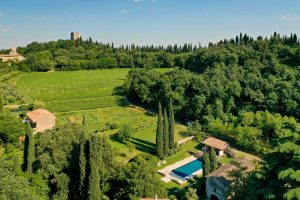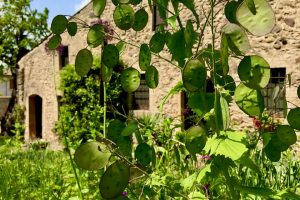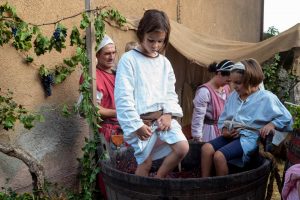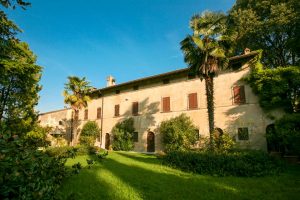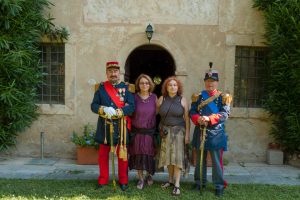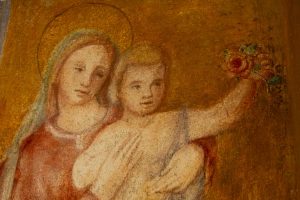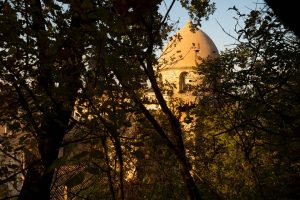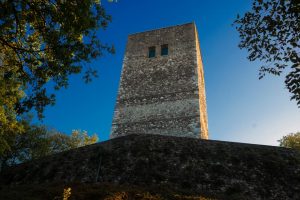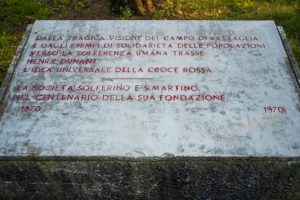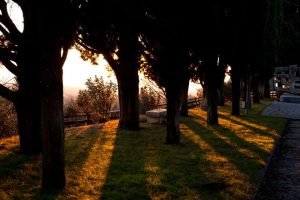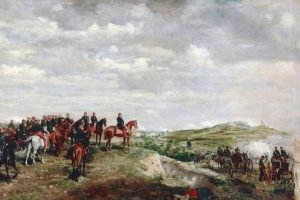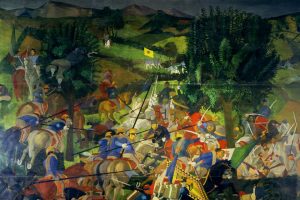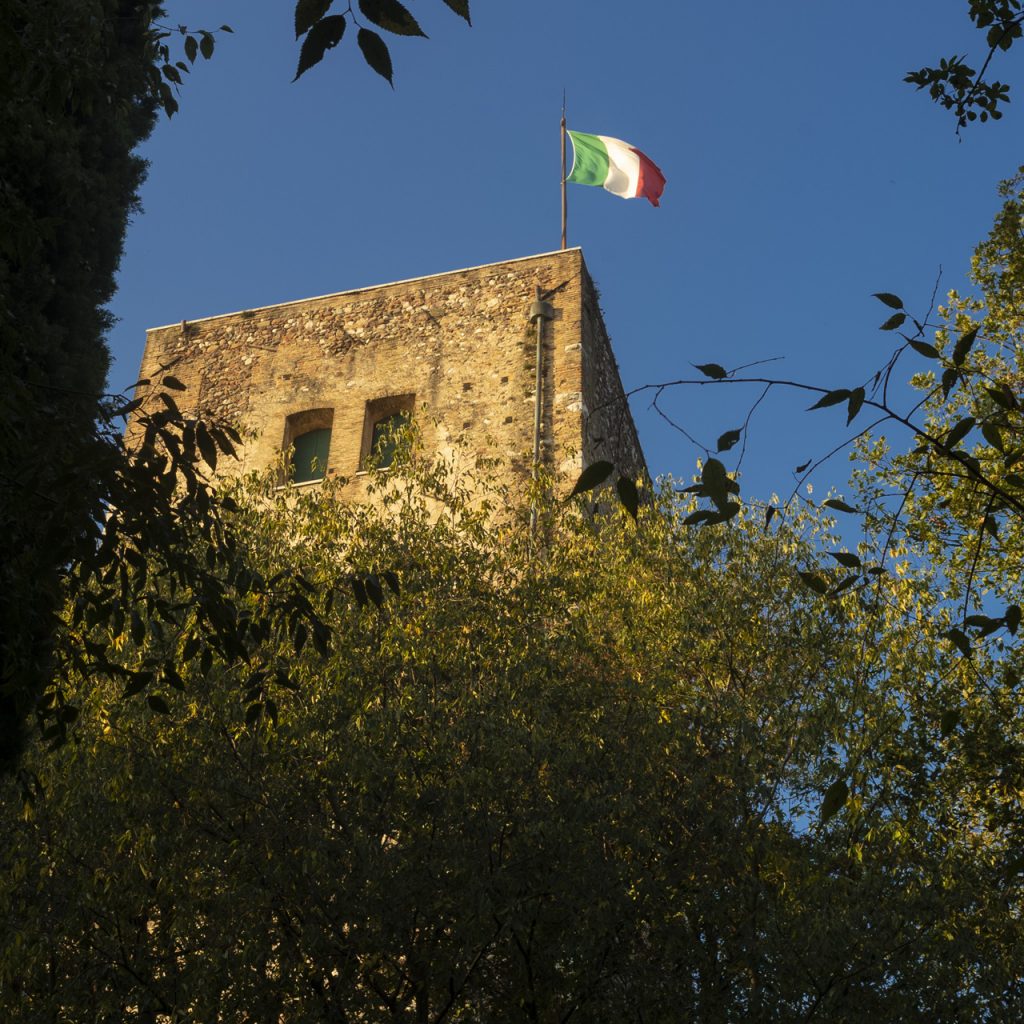
HISTORY
Solimago is a tiny enclosed, independent hamlet located in Pozzo Catena, the original historic center of Solferino, an enchanting small town located upon the Garda Morainic Hills, just south of the lake. In this area human settlements began in the Neolithic and there are great archaeological evidences that confirm the presence of an interesting piledwelling civilization.
At the origin of the Solimago’s compound there was certainly a Roman villa from the 1st century AD., the same period of the majestic Catullus villa in Sirmione and other similar ones throughout the area of the Garda Lake, which was already considered a lovely holiday resort at the time. Later on, Solferino developed during the Middle Ages, of which is notable evidence the mighty fortress now called La Spia d’Italia, a watchtower located on the highest hill in the area and visually connected to other towers. Some Solimago’s buildings, now tastefully renovated, date back to that times. In the Renaissance around the middle of the sixteenth century, the county of Solferino was handed over to Orazio Gonzaga who had the magnificent Castle built, still today one of the most evocative places in the area from where you can enjoy a splendid view of the Garda Lake. The construction of the large palace that is nowadays the heart of the tiny hamlet of Solimago also dates back to this period. Originally it seems to have been a factory, probably a mint.
Following various historical events, when the Gonzagas were forced to give the Mantuan Duchy to the Habsburgs, the palace and its annexes, in which peasants and workers lived, were acquired by the family (today Costanza-Fattori / Licata) and for about three centuries the whole property became a thriving farm and a spinning mill producing high quality silk. Solferino conquered an eminent place in the Italian and European history when, on June 24, 1859, it was the scene of the decisive battle that saw the Franco-Piedmontese army, led by Napoleon III himself, against the Austrian armies led by the Emperor Franz Joseph. With the sacrifice of thousands of young victims, on both sides, the French army, even on the hill where the SOLIMAGO’s vines peacefully grow today, won the bloody battle against the Habsburgs and liberated almost all of Northern Italy, preparing the road that will lead to the unification of Italy in 1861.
The Swiss merchant Henri Dunant, who witnessed the generous aid offered by the population of the village, without distinction to all the injured, drew inspiration from this event to found, in Geneva, Switzerland, an independent and voluntary aid and care association that would become the International Red Cross.

